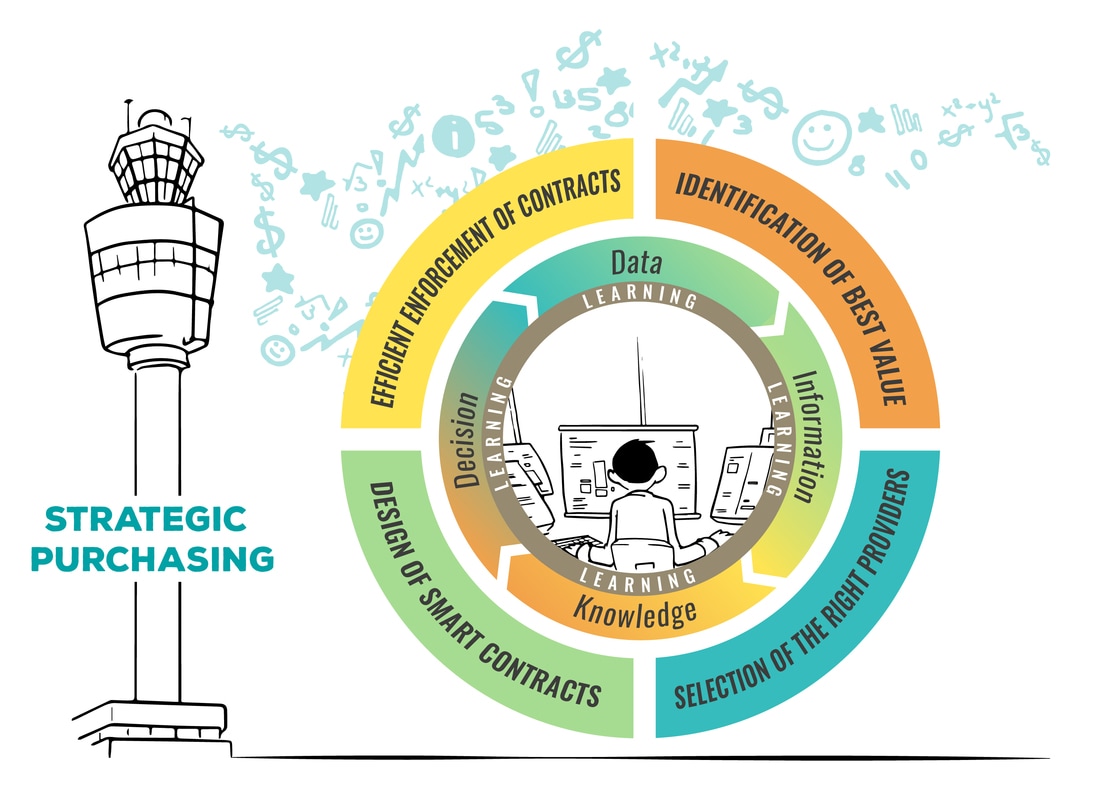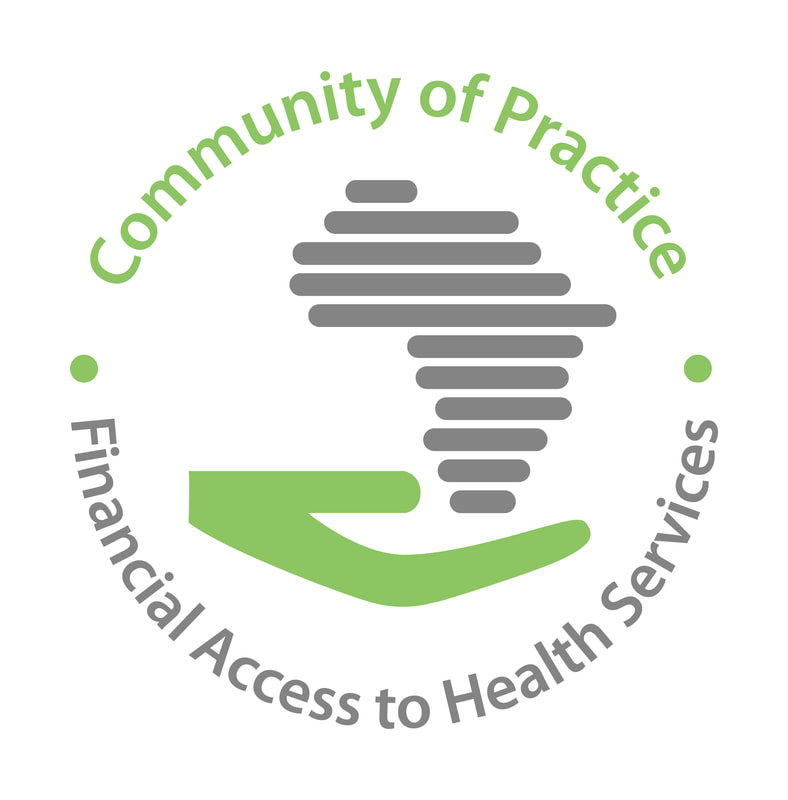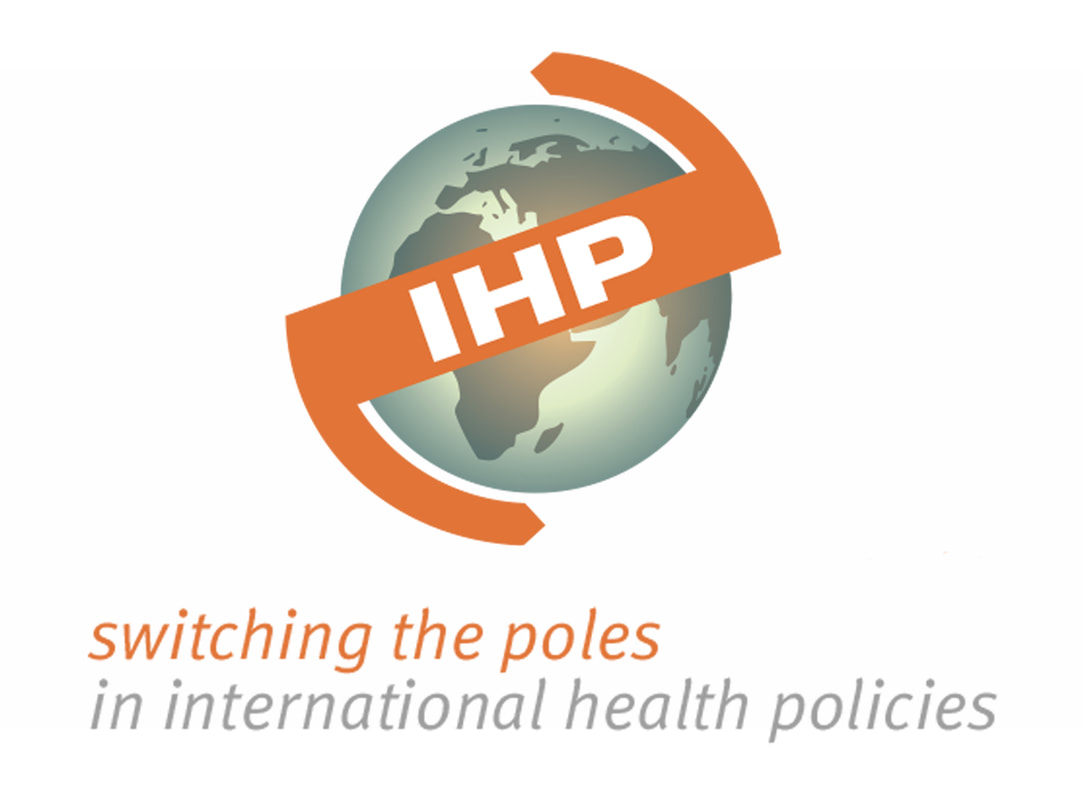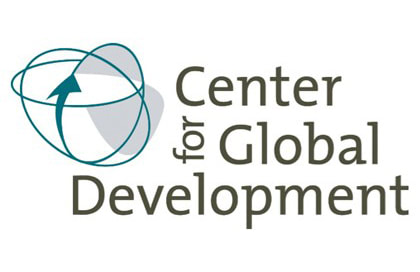As an economist, I have no doubt that Strategic Purchasing (SP) will be a “passage oblige” for every country aiming to make sustainable progress towards UHC. As nicely put by Joe Kutzin a while ago, “countries cannot simply spend their way to UHC”. Still, till recently, I was a bit struggling with the exact scope of SP. Thanks to a recent global meeting in Geneva, “Strategic purchasing for UHC: unlocking the potential”, I now have a much better view on all related issues.
Purchasing: one of the three functions of health financing
We all know Joe Kutzin’s conceptualization of health financing as a three-component venture: resource mobilization, pooling and purchasing. If the key quality of the ‘resource mobilisation’ component is to gather as many financial resources as possible in an equitable way, without burdening people and the economy unnecessarily, and the key quality of ‘pooling’ consists in as little fragmentation as possible (everyone equal within the same pool), the key quality of purchasing is to aim for an efficient allocation of resources to producers of (equitable) good health. While purchasing occurs in every health system, efficiency and equity don’t come naturally. Actually, from a technical perspective, this is probably the most complex and sophisticated area of health financing. It is a domain of measurement, intelligence and smart design (henceforth the word ‘strategic’), with no blueprint. It is certainly not the easiest area to explain to citizens or even to ministries. Consequently, it is often off the radar of many stakeholders. Yet, as you can tell from its label, it is a strategic issue.
Securing the efficient and equity-enhancing purchasing of health services mainly falls on the shoulders of two specific actors of the health system: those in charge of designing and steering the whole health system (the stewards – traditionally the Ministry of Health, but increasingly, this is done in partnership with other actors) and those who allocate resources to health service providers, the purchasers (which can be the Ministry of Health, but will also include the health insurance agencies, the national PBF unit… and many more as explained here below). In this first blogpost, I review the responsibilities of the latter.
What is purchasing? Who is a purchaser?
One issue with purchasing is that many actors do not recognize themselves as purchasers – as we shall see in the second blog, this lack of (self)-acknowledgment is actually one of the main causes of the messy situation prevailing in many health systems. No doubt, some conceptual clarifications may help.
Purchasing can be defined as the act by an economic agent of providing resources to another economic agent in order to obtain some specific value from the latter; in the health sector this value will be linked, directly or indirectly, to a contribution to good health. Any economic agent which provides resources with the intention to obtain some health value in exchange can be considered as a purchaser.
Let’s make four remarks on the scope of this – intentionally broad – definition of purchasing.
First, I have deliberately opted for the broad concept of ‘economic agent’, which can apply both to individuals and organizations. We propose not to have a too restrictive/legal understanding of the boundaries of the ‘organization’ category. In the health sector of some countries, the State tends to be everywhere; in our understanding, the central department of the Ministry of Health and the public health center are two distinctive economic agents. What matters is that there is some de facto autonomy of action on both sides. Henceforth, a vertical program providing drugs, equipment, training and a per diem to health districts and health centers in order to organize the response to a specific disease is a purchaser. An NGO running a long-term project providing resources to health centers and asking them to report on the use of these resources is, wittingly or not, a purchaser. A patient who pays for a consultation is also a purchaser.
Second, our definition is also broad in terms of the generic formula of ‘resources’ it uses. Purchasing does not require payment in cash. Paying the salaries of staff working in the health center, providing drugs to the health center or paying a fee are all just different modalities of purchasing.
Third, we also propose a broad understanding of the notion of transaction between the two parties. We acknowledge that there is a whole spectrum there, from a not-requested anonymous gift to a negotiated business deal, but any interaction which creates some obligation for the producer of good health equates to a purchasing situation, according to our definition.
Fourth, our definition goes beyond just purchasing from health facilities. One can purchase from taxi drivers (for instance in a voucher program) and even from users (when a conditional cash transfer program pays them to quit smoking). What matters is their plausible capacity to (co-) produce (some) good health.
So, in this view, most health systems are actually full of purchasers. But not all of them are “strategic” purchasers.
How can an actor's purchasing be more strategic?
Any purchaser enters the relationship with the provider in order to generate some value, either for its own sponsors, a beneficiary group or for itself. Being strategic about one’s purchasing requires (we’re exaggerating a bit, clearly) being “obsessed” with this issue of value creation: you optimally use the different instruments under your control to ensure that the providers generate maximum value.
The purchaser’s main concern is to align providers on delivering the desired value. The purchaser will achieve this, by transferring, intelligently, resources under its control to those able to deliver this value; ideally, the intelligent transfer occurs through 4 + 1 sets of actions: (1) the identification of the best value for the resources available; (2) the selection of the right providers; (3) the design of smart contracts; (4) the efficient enforcement of the contracts. Each of these four sets of action is enabled by a fifth one: the capacity to gather data, and convert it, through learning, into meaningful information, knowledge and decision.
It is one’s ability to perform these five sets of action in the best way which determines the strategic degree of one’s purchasing. Let’s review each of them.
1. Identification of the best value: A purchaser can be more strategic by investing in better assessing the needs and demands of its beneficiaries – what is really valuable for them? This requires a good knowledge of population’s needs (burden of diseases) and preferences (through consultation); in Geneva, we heard about the practice in Thailand. The clarification of the value one can create goes also via what is called today Health Technology Assessment (HTA): the review of the existing solutions (drugs, diagnostics, technology, interventions…), the assessment of their acceptability, cost-effectiveness and affordability, given the available resources. This information is vital to determine the content of the benefit package, i.e. the set of goods and services, including the conditions to access them, to be provided to the beneficiary group. In Geneva, a whole session was dedicated to this area.
2. Selection of the right providers: The benefit package will be delivered by specific providers; issues such as their profile, technical capacity, their location, etc. matter a lot for any purchaser aiming for effectiveness, efficiency and equity. For some needs, being strategic is about being creative and opting for a whole chain of providers, including some contributing to ancillary functions (ex. a voucher scheme may purchase from community workers, taxi drivers and health facilities). Within each category, a selection still has to be made – some health facilities may not have the standards of care required to deliver the value expected. A purchaser acting strategically collects enough information on providers to enlighten its own choice on enrollment of providers, accreditation of providers, etc… It also establishes some competition between providers, in order to push quality upward and cost downward.
3. Design of smart contracts: Most of the time, a purchaser has some range of maneuver to define the contractual arrangement with the providers. Being strategic is about collecting information to define the best contract. The purchaser has to answer questions such as: How much should providers be paid to deliver a specific service? Which provider payment system, and more generally, set of incentives is most fit to obtain the appropriate behaviors by the provider (in terms of dedication, innovation, cost control…)? Contracts are quite flexible institutional arrangements. A purchaser can also be strategic in using information emerging from previous contractual cycles (see next point) to revise the next contract. It can capitalize on new technologies to measure performance with even more granularity and invent new contract terms.
4. Efficient enforcement of contracts: A purchaser can strive for the due execution of the contracts. Did providers deliver? How did they adapt to incentives in previous contracts? Have they gamed the system? Should a sanction (including non-renewal of the contract) be taken? Answering these questions requires investment in a routine information system, monitoring and evaluation, auditing provider claims, etc. This information is key for the purchaser’s own action: actually, its own contractual obligations towards the provider (e.g. payment) depend on whether the provider fulfilled his part of the contract. A purchaser can also be strategic in applying to itself the rules it enforces upon others, for instance, through reporting on its performance to various stakeholders. This accountability indeed builds collective trust in the purchasing system and the capacity of the purchaser (1).
+1. Learning: We see that treatment of information is really at the heart of the SP relationship: nothing is given – learning should be permanent and the purchasing is adapted accordingly. We have tried to capture this cross-cutting role in our illustration (see above).
Being strategic is costly
All purchasers are of course free to pursue more strategic purchasing, i.e. to invest in these 4+1 sets of action. Yet, performing these sets of action also requires resources. Efficiency will therefore impose a variable investment in SP capacity.
For individuals, the investment in the 4+1 sets of action will be very limited. First, health care is what economists call an experience good and sometimes even a credence good. Acquiring knowledge on the good or service (or the provider of those) comes from accumulating experiences. A person with a chronic illness may develop enough experience to judge one’s provider, but he will experience only once an appendectomy (if any). Second, the information needed is very technical – this is why we consult medical doctors, sometimes with very specialized degrees. So people will gather some information on their health problem, possible therapeutic solutions (for instance on the internet) and possible providers (from relatives, internet…). But their effort will most of the time stop there.
The perspective of a health insurance agency or a vertical program is quite different. The larger the pool of patients of the insurance, the larger the set of documentable illness experiences. There are also obvious returns to scale for collecting information on burden of diseases and developing technical capacity in cost-effectiveness analysis. This is also the case for selecting providers, designing smart contracts and implementing routine monitoring. So the question of the extent to which one needs to be strategic mainly applies to organizations such as the ministry of health (and its various programs), health insurance funds and aid agencies (if any).
Being more strategic is now possible
Are these programs and agencies living up to their potential? Are they really purchasing in a strategic manner? To answer this question, one has to check, case by case, how far they go with their intelligence effort across the 4+1 sets of action. The actors promoting the SP agenda such as the WHO and the CoPs obviously believe that many purchasers could be much more strategic in their purchasing.
In my opinion, this understanding does not just stem from a sudden realization that in our (global and national) advocacy of UHC, we have overlooked the third function of health financing and hence it’s more than time to make up for it. It is also inspired by far deeper trends, which relate to accumulated theoretical knowledge from contract theory, some recent experiences with new provider payment methods, new insights from behavioral economics and more fundamentally, the huge changes our health systems are going through in terms of data and information technologies. The latter is perhaps even the main reason why purchasers with sufficient critical mass (ministries of health, health insurance funds…) should invest in the 4+1 sets of action: thanks to the digital revolution, there are huge new opportunities for efficiency gains.
Conclusion
In this first blog, we have tried to identify what each purchaser could and should do in order to engage in more “strategic” purchasing. We have proposed a view of SP as making progress on a set of 4+1 sets of actions, by each purchaser. However, the concurrent effort of all purchasers can also destroy some value. Each health system needs a general direction and strong coherence. This requires us to look at the overall governance of SP. We leave this issue for another blogpost, though. Stay tuned!
Credits: The illustration of the blog is based on a movie presenting the Open RBF software. I am also grateful to Inke Mathauer and Fahdi Dkhimi for their comments on a draft version of this blogpost.







